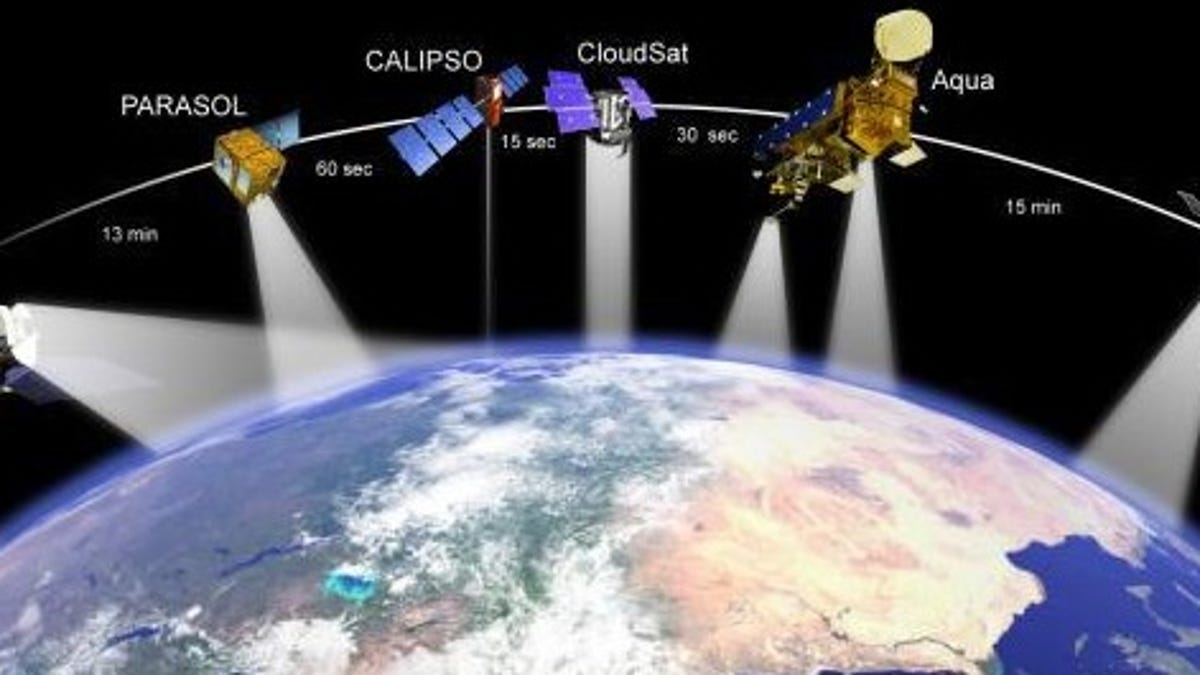Satellite images link polluted clouds to lack of rain
New views from a constellation of satellites suggest how polluted clouds fail as rainmakers.

New methods of using satellites to examine clouds are helping scientists to understand how pollution influences rainfall.
Researchers from the National Aeronautics and Space Administration have used a group of satellites known as the Afternoon Constellation, or A-Train, to peer into the chemical composition and behaviors of clouds.
"Typically, it is very hard to get a sense of how important the effect of pollution on clouds is," Anne Douglass, deputy project scientist for NASA's Aura satellite, said in a statement. "With the A-Train, we can see the clouds every day and we're getting confirmation on a global scale that we have an issue here."
Until recently, scientists generally have paid less attention to clouds than to views of Earth, which the clouds can block.
Five satellites orbiting 8 minutes apart were able to make almost simultaneous observations. Each satellite played a different role, such as looking at carbon monoxide levels, rainfall patterns, or the size of particles of ice in clouds.
The presence of carbon monoxide in clouds indicates aerosols and smoke coming from land-bound pollution sources including power plants and forest fires.
Polluted South American clouds made less rain than cleaner clouds, according to work by scientists at NASA's Jet Propulsion Laboratory in Pasadena, Calif. Ice was found to be smaller in clouds laced with aerosol, preventing rainfall during the parched season between June and October.
However, for reasons that remain unclear, rainy seasons in South America and South Asia appeared to be less influenced by aerosol levels in clouds.
The five satellites used are Aqua, Aura, CloudSat and CALIPSO from NASA, and France's PARASOL.
Findings were presented at the Joint Assembly of the American Geophysical Union in Fort Lauderdale, Fla.